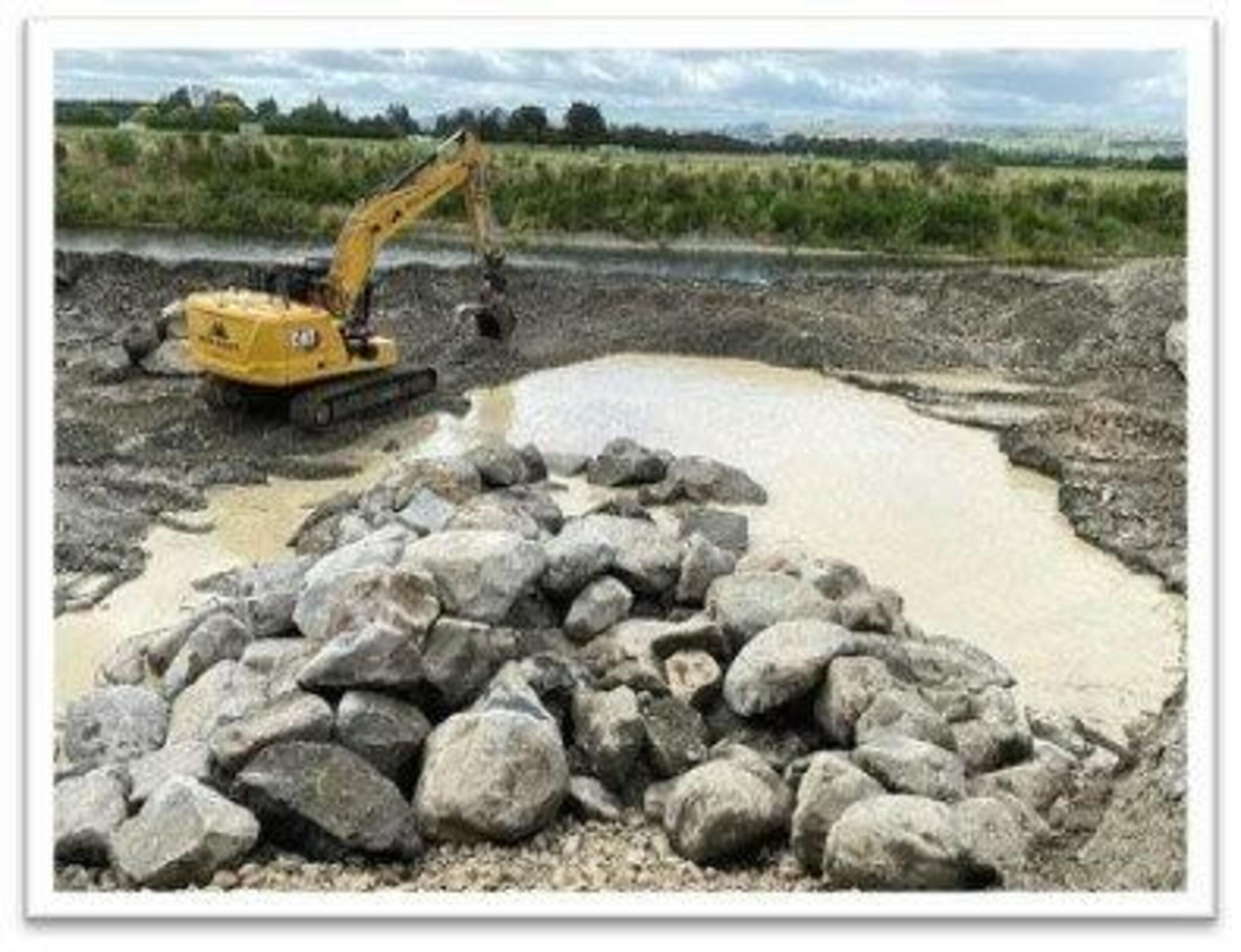Project start year: 2024
This project is one of 16 being carried out across South Wairarapa and Kāpiti, and was completed in March 2025. It involved building 11 groynes along the bank of the Ruamāhanga River where it passes Masterton’s landfill. The aim has been to ensure toxic material from the landfill does not wash into the river. Greater Wellington is now working closely with local hapū and iwi to ensure that the planting efforts align with traditional knowledge and cultural practices.
Benefits: Each project aims to deliver improved climate resilience and safety outcomes for the community, businesses , industry and infrastructure caused by repeated river flooding and erosion at an overall reduced cost to ratepayers.
Adaptation: Ecosystems and biodiversity will improve by providing more space for river channels. This will lead to a more diverse aquatic and riparian habitat, better connections between terrestrial and aquatic ecosystems and improved safety outcomes for nearby homes and facilities.
Resilience: Continued flood hazard management and erosion protection for land using sustainable management approaches enhance flood resilience in the area.
Collaboration: The work is co-funded by Greater Wellington and central government through Kānoa’s Regional Infrastructure Fund and provides the opportunity for mana whenua to be actively involved in decision-making and mātāwaka to be working on the ground, as well as upskilling and developing professionally.
Greater Wellington’s purpose is to enrich life in the Wellington region by building resilient, connected and prosperous communities, protecting and enhancing our natural assets and instilling pride in what makes us unique.

